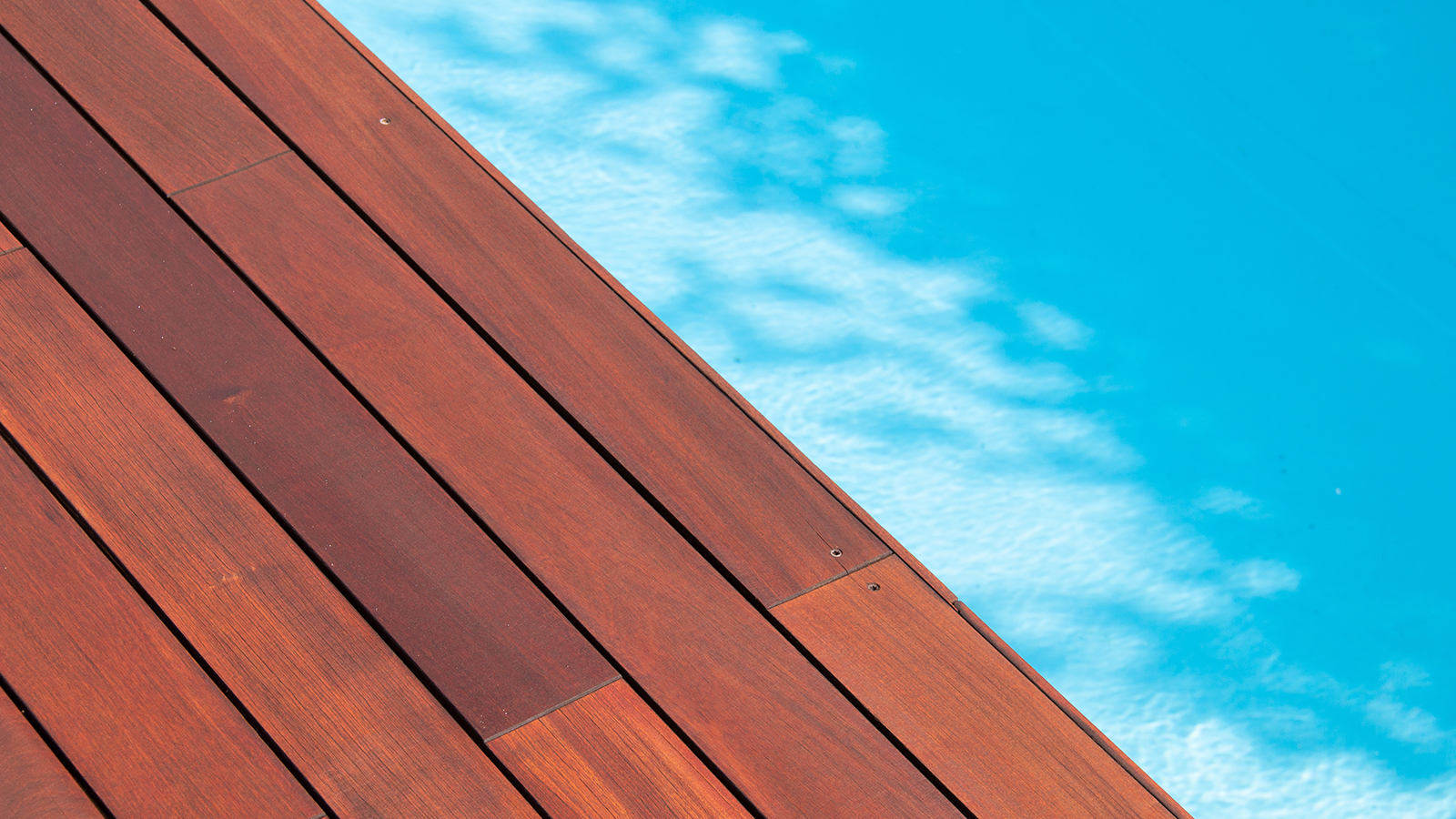The quest for the hardest wood in the world reveals astonishing facts about durability and density. While many may consider familiar types like oak or hickory, they fall short when compared to the toughest woods ranked by the Janka hardness test. This test measures the force required to embed a steel ball halfway into a wood sample, providing a clear standard for assessing wood hardness.
Top Contenders for the Hardest Wood
Australian Buloke (*Allocasuarina luehmannii*) is often cited as the hardest wood globally, boasting a remarkable Janka hardness rating of approximately 5,060 lbf. Native to Australia, this flowering plant is renowned for its exceptional durability and density. Its toughness has led to comparisons with the South American wood known as quebracho, often referred to as “axe-breaker,” which has a Janka hardness exceeding 4,500 lbf. Historically, quebracho has been utilized in construction and railway ties, and its resilience has made it a sought-after material.
Another noteworthy contender is Lignum vitae, which translates to “wood of life.” This wood can achieve a Janka rating of up to 4,500 lbf and is prized for its use in luxury items and musical instruments. However, its availability is dwindling, as the species is now considered endangered.
The striking Snakewood is characterized by its reddish-brown color and distinctive black streaks. Its unique appearance, combined with its density, makes it highly valued for decorative items. Despite its high demand for knife handles and instrument bows, it remains one of the more expensive wood types.
Other Notable Hardwoods
Often referred to as Brazilian walnut, ipe wood scores around 3,600 lbf on the Janka scale. This wood is celebrated for its water resistance and durability, making it an excellent choice for decking and outdoor construction.
Equally impressive is African blackwood, known for its high Janka rating and its essential role in crafting high-end musical instruments. Its extreme hardness does not detract from its suitability for detailed carving, and it can achieve a stunning polished finish. Unfortunately, this wood species is also threatened by overharvesting and limited supply.
From South America, Brazilian teak has a Janka hardness of approximately 3,300 lbf. This hardwood is favored for its high density and resistance to water, making it ideal for flooring and heavy-use furniture.
Among the lesser-known but still impressive woods, one can find a bright-yellow variety with a Janka rating of over 2,000 lbf. This wood is valued for its strength and stability, often utilized in specialty items such as fence posts and bows.
The Janka hardness test effectively illustrates the varying degrees of wood hardness, with common hardwoods like oak averaging around 1,300 lbf. In contrast, the hardest woods can exceed 5,000 lbf, highlighting the significant differences within this natural resource.
Choosing the right type of wood has implications beyond mere aesthetics; it influences performance and durability across various applications, from construction to carving. While softer woods such as pine have their place in the market, the world’s hardest woods offer unmatched strength and prestige in woodworking and design.







